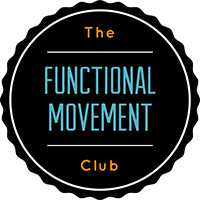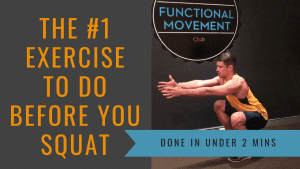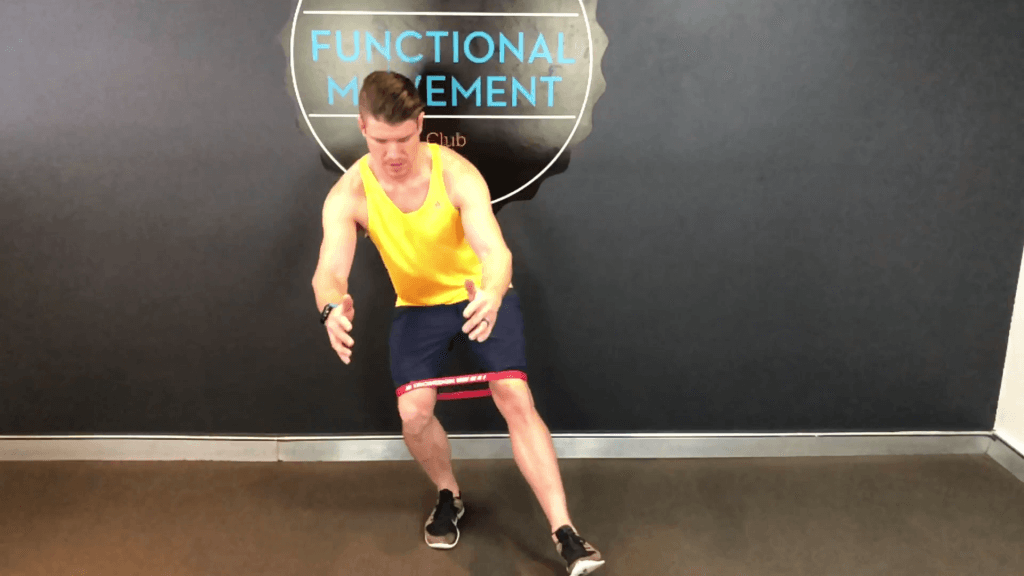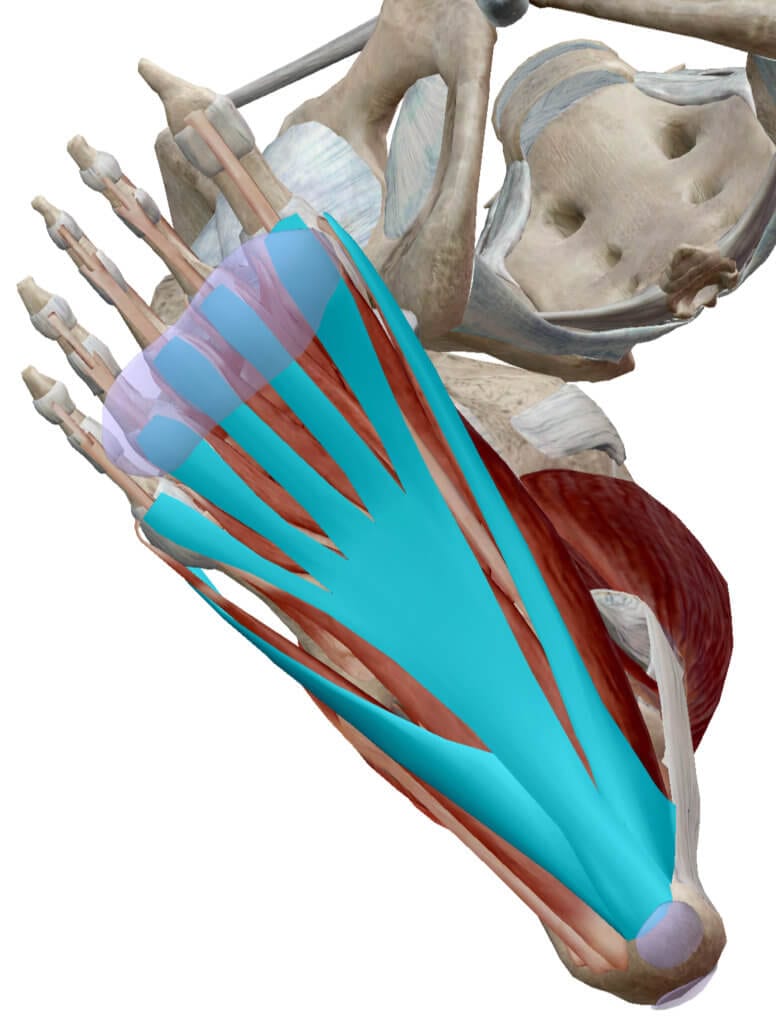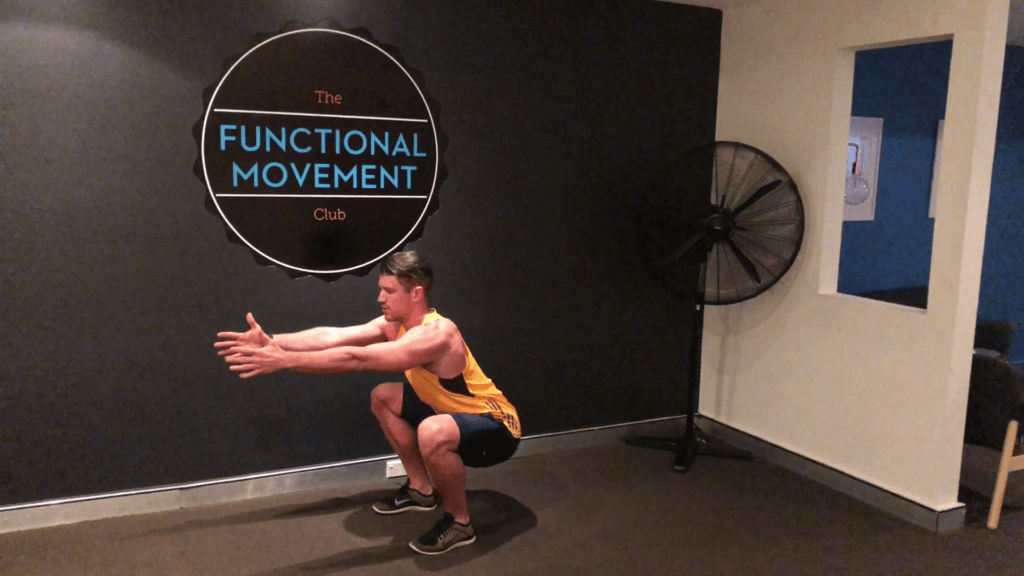Fix Your Squat: Hip Mobility
Is Hip Mobility Holding You Back?
In order to get into a good squat position you need hip mobility. For a box squat squat or squat to parallel (Thigh parallel to the ground) you need at least 90* of hip flex. If you want to do a full squat with your ass to the grass, you will need even more (110-130*). A simple test to see how deep you should when squatting is the knee to chest test. Check it out here.
Why Is Hip Mobility Important?
Without adequate hip mobility during the squat, the lower back ends up working harder. If you’ve ever heard of the dreaded “Butt Wink” this is one of the main culprits. The butt tucks under in a squat when you run out of hip flexion (when the knee comes towards the chest) range. This tucking and untucking places unnecessary load through through the spine and leads to injury. The Butt Wink is not necessarily a problem though if it occurs at the right time and is controlled (find out more about the butt wink here)
Improve Hip Mobility:
If you found that your hip mobility was lacking. We have a quick fix making use of The same techniques utilised to improve ankle mobility. Start by mobilising the hips with banded distraction stretching, retrain the movement pattern and then as always load it it.
- Banded stretching technique (distraction stretching)
- Retrain the Movement Pattern
- Strengthen Reinforce/add load
The Missing Piece?
Do you stretch for ages, only to wake up sore the next day? Maybe the missing piece of the puzzle is retraining the movement pattern. There are 2 main reason why your muscle gets tight. Either the muscle is being overworked, or it is trying to protect the body from injury. If you stretch without retraining, you are only treating 50% of the cause. That’s why you’re only getting 50% of the results.
Retraining the body to control the movement helps you hold onto mobility gains for longer. Adding load helps to reinforce the movement. If you aren’t retraining the muscle to control the movement this could be the reason you keep waking up tight the next day and not getting any long term gains.
Start in a relatively non weight-bearing or non-threatening position to get the body used to the new found range of motion. Once you are feeling comfortable, then it’s time to load it up. Stay tuned as next week we will be dropping the final piece of the puzzle, retraining your Squat motor patterning.
In the meantime why not check out one of my favourite articles: The 6 Fundamental Movement Patterns You Need To Be Training.
Need Some Extra Help With Your Squat? Click Below Or Give Us A Call:
